
Croatia holiday prices skyrocket, here are some alternatives
The pandemic is over and travel is free again to most countries. But the degree of freedom also depends on the thickness of your wallet. Holidays will not be cheap this year. Skyrocketing energy and food prices have also led to a significant increase in holiday costs. Adriatic, Aegean or Ionian Sea? We checked out the best resorts in the area taking into account not only the beauty of the scenery, but also the prices.
Greece – the classic
The Aegean and Ionian seas lap the coast of Greece. Its picturesque coastline, sandy beaches and long tradition of tourism are known worldwide. The country suffered two years of Covid. In 2020, the resorts were virtually deserted, and in 2021, the strict and ever-changing entry restrictions scared tourists away. In 2022, the Greeks expect tourism to boom again.
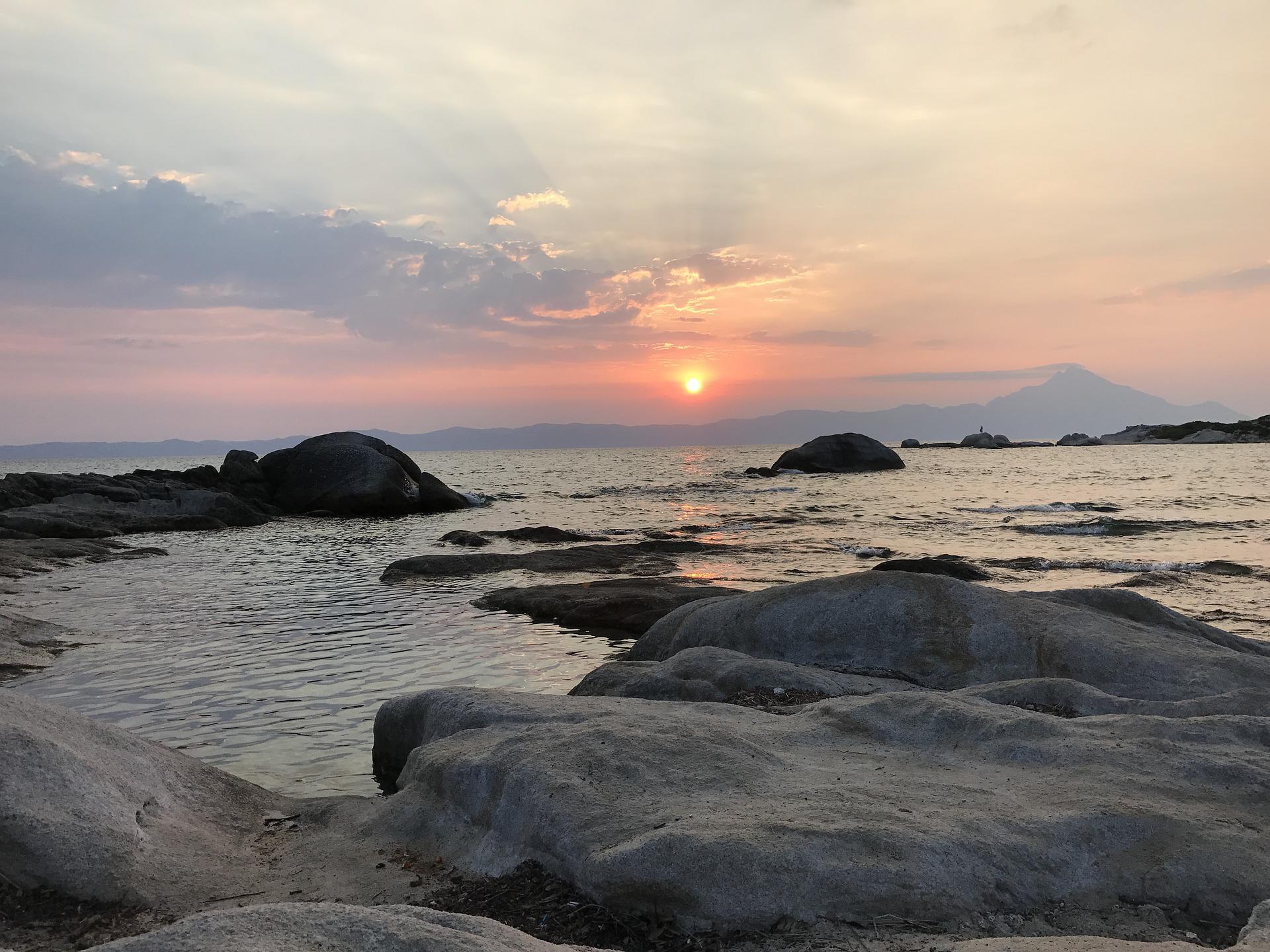
Photo: Pixabay
All preliminary estimates and booking data suggest that people who have spent the last two years at home or in other destinations are returning to the country, and Greeks are eager to see foreign money filling their cash-boxes again. To make up for the shortfall in the last period, prices have now been increased. The price of accommodation has risen by roughly 20 per cent compared to the previous year and to pre-pandemic levels. However, food prices have surged.
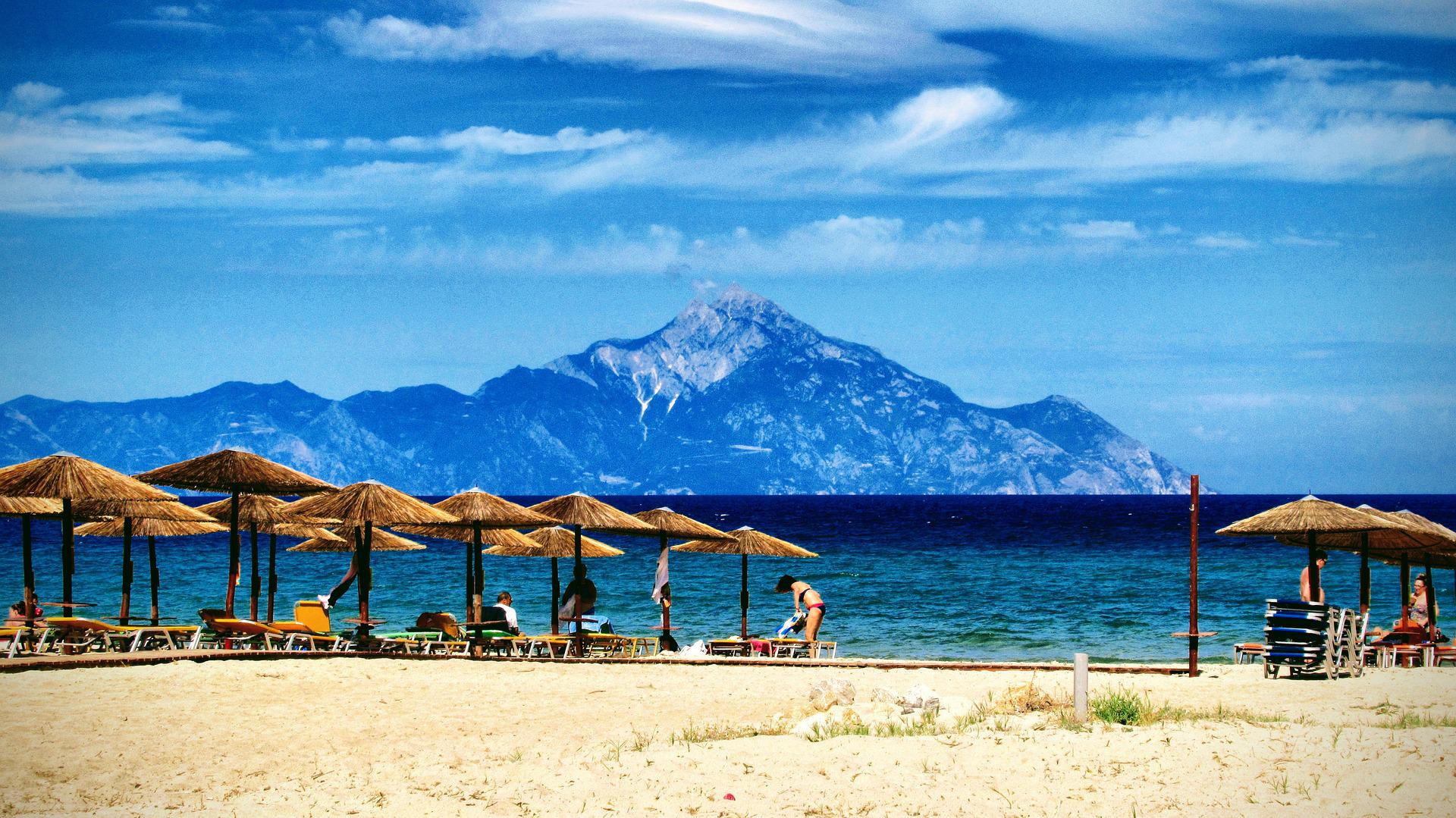
Photo: Pixabay
According to an article on greekcitytimes.com, the average price of a gyros served in a pita is 4 euros (last year it was between 2.60 and 3.00 euros), while the price of a menu is 7 euros. Iced coffee costs 5 euros and beer also costs 4-5 euros. Prices for bread, cooking oil, fruit and vegetables are rising in the shops, too. Fuel prices are also high – 2.25 euros per litre. This could increase the cost of bus holidays and excursions in particular.
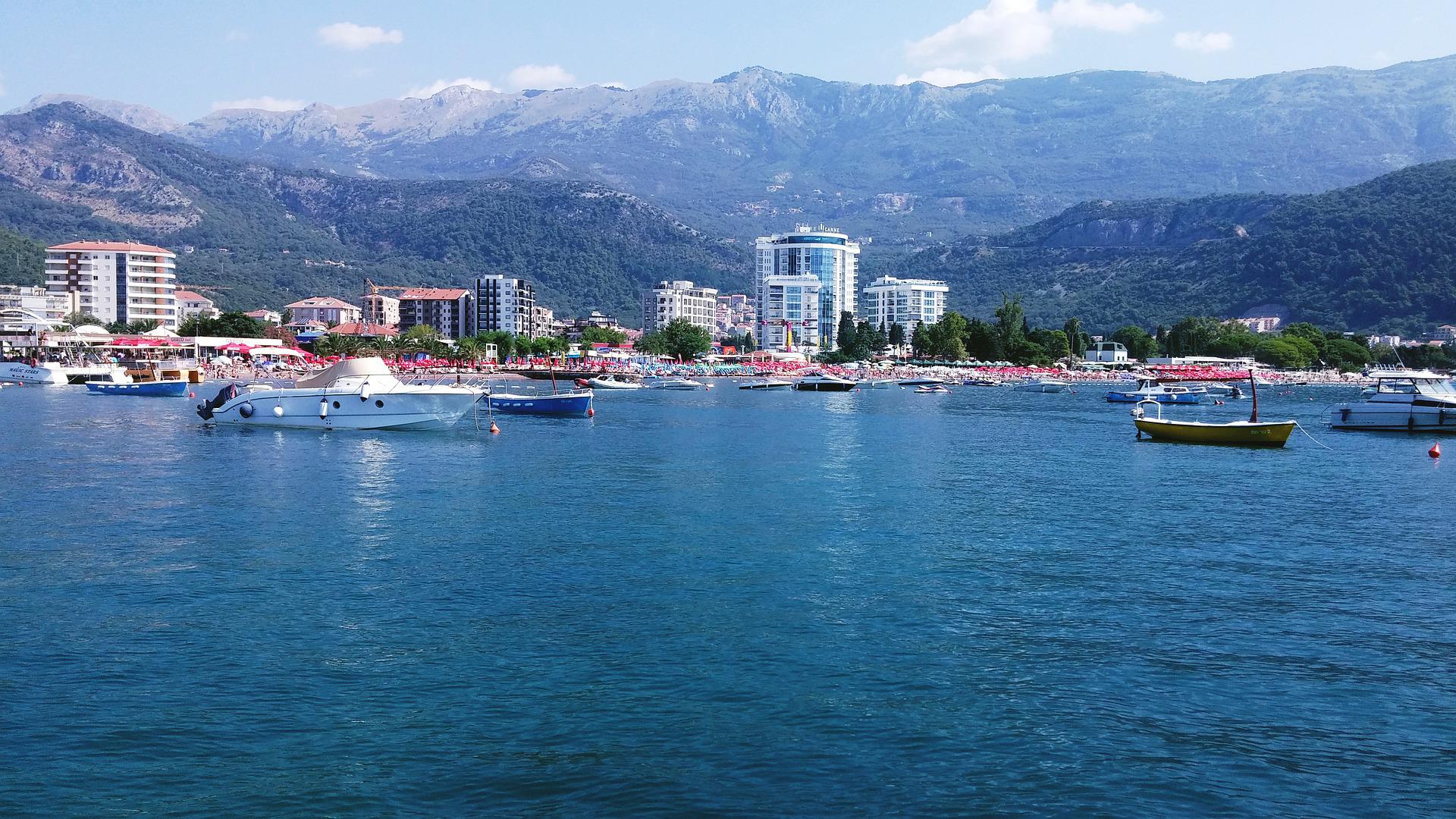
Photo: Pixabay
Croatia – the most expensive
This year, the Adriatic country is also trying to make up for lost revenues during the pandemic. However, they are not raising prices by 20 per cent, but by almost 50 per cent. According to an article on vecernji.hr, the number of expensive hotels, apartments and restaurants on the Adriatic coast is increasing, while the number of those that the average person can afford is decreasing. Sanja Cizmar, an expert interviewed by the Croatian portal, said that preliminary estimates suggest that most places will increase prices by 20-25 per cent this season, but due to high demand and mass pre-booking, some hotels may take their chances with an increase of up to 50 per cent. In addition, the rise in food prices is also reflected in hotel prices – it costs more to provide meals, and the difference is of course charged to consumers.
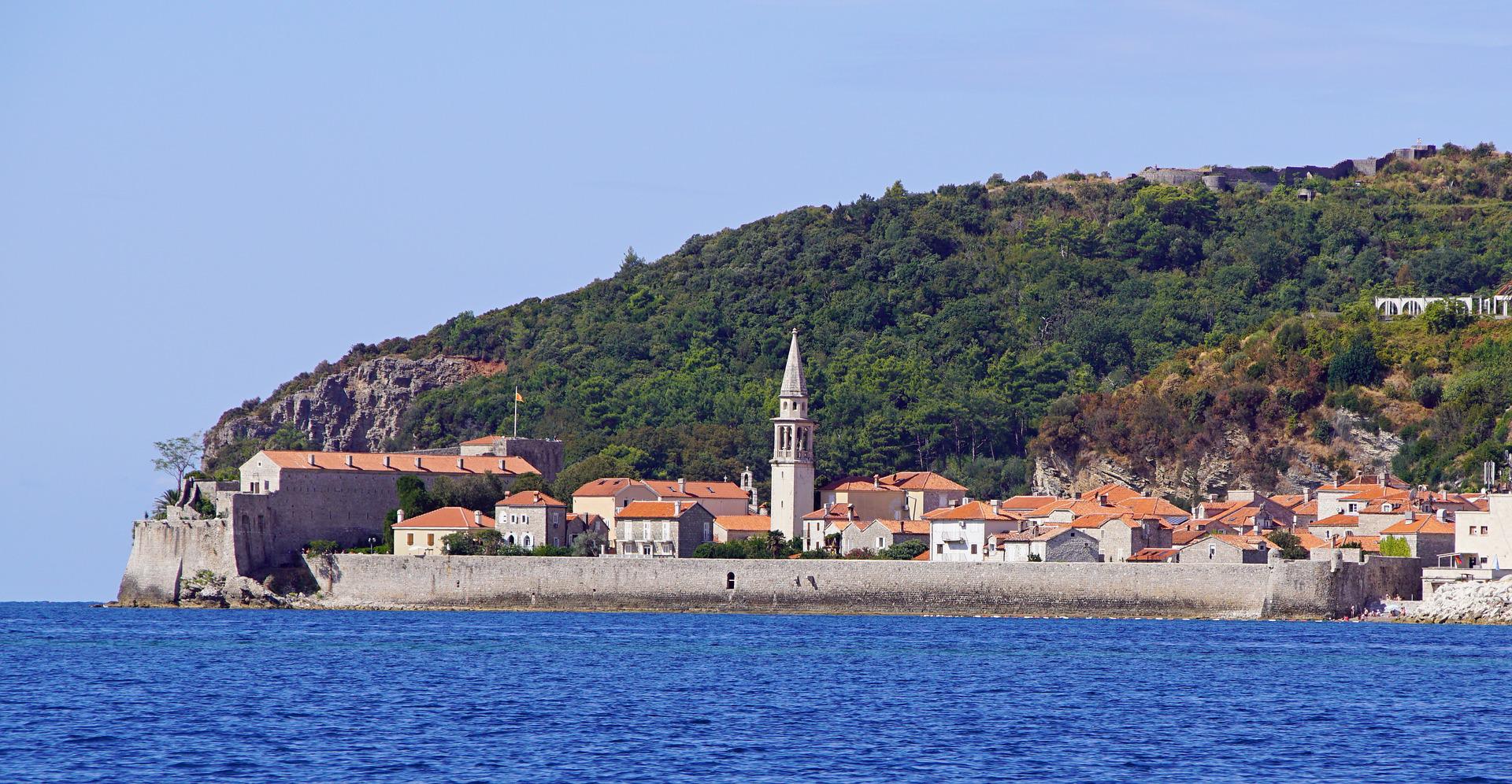
Photo: Pixabay
And if you’d rather just rent an apartment, you’re not much better off. The portal calculates that a four-bed apartment, which cost 80 euros a day before the outbreak, could now cost 110-130 euros. This means that a family of four can spend up to 900 euros on accommodation for seven days. Add to that the cost of the journey (1.80 euros per litre of fuel) and three meals a day – and then there’s dessert, and at 2 euros a scoop, a family can leave 20-30 euros at the ice cream stand.
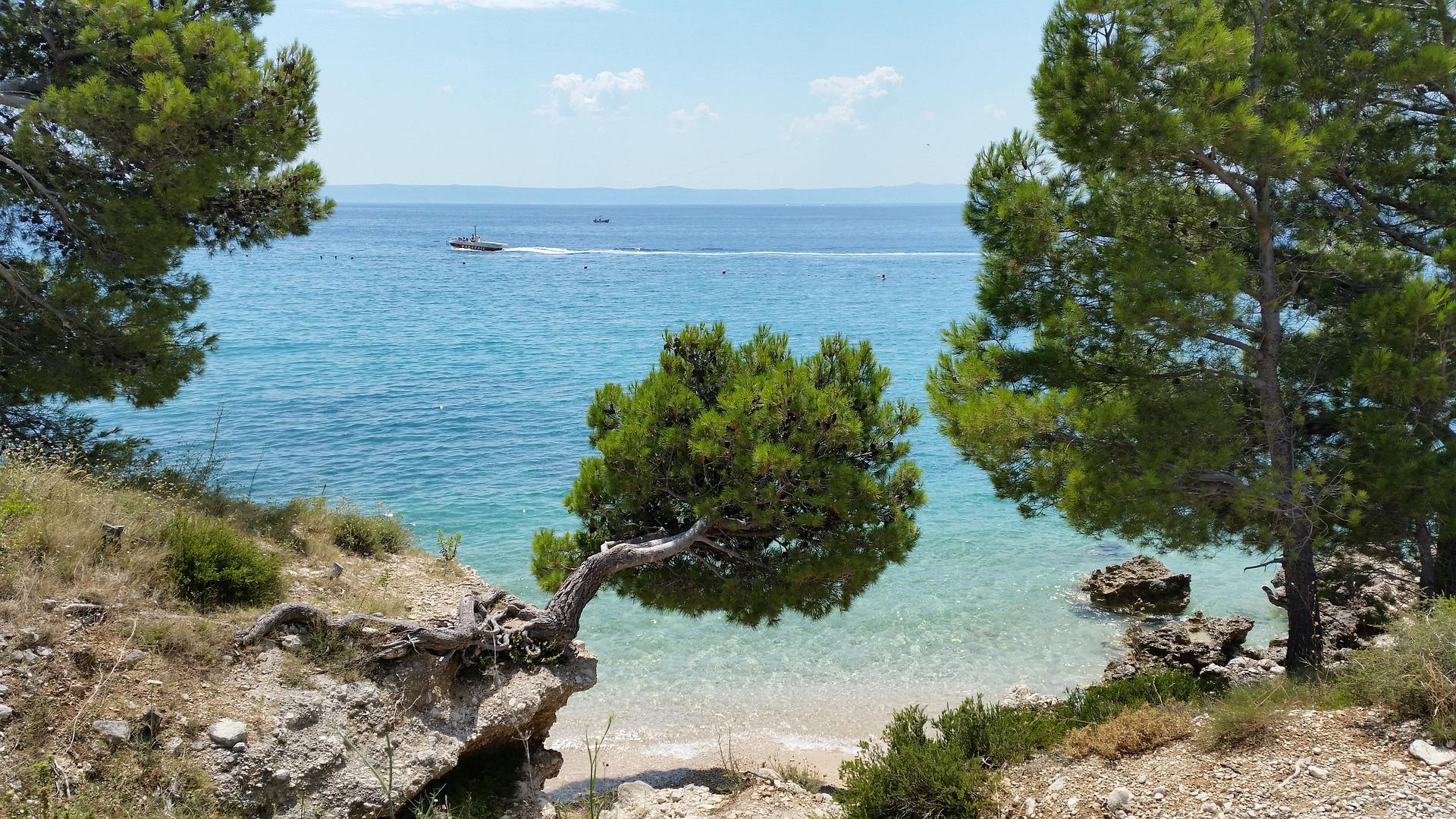
Photo: Pixabay
Locals don’t even go on holiday on the Croatian coast anymore. The majority are looking for a cheaper destination in another country. However, capacity is still filling up because foreigners like the Adriatic and there are good connections with Western European countries, so the Croats will raise prices as much as foreign purchasing power will allow. Meanwhile, tourists from the region are being squeezed out,
A Serbian family of four told our news agency. They said they had booked accommodation on an island in Croatia a few weeks ago – a two-bedroom apartment with a balcony. The deposit was paid directly to the host. A few days ago, however, the owner called them and told them that for their money they would only get a smaller room without a balcony, because the big apartment they were supposed to have had been rented by someone else. So the family had to find another solution, but a few weeks before departure, with two young children, it’s very annoying, they said.
Alternatives on the Adriatic: Montenegro and Albania
For those who want a taste of the Adriatic but don’t want to dig so deeply into their pockets, Montenegro or Albania are the options. Although these two countries may seem dangerous and too „Balkan” to some, they have made considerable progress in recent years. However, their prices are far below those on the Croatian coast – you can book cheaper accommodation and the pricing in restaurants may be much more “friendly” as well.
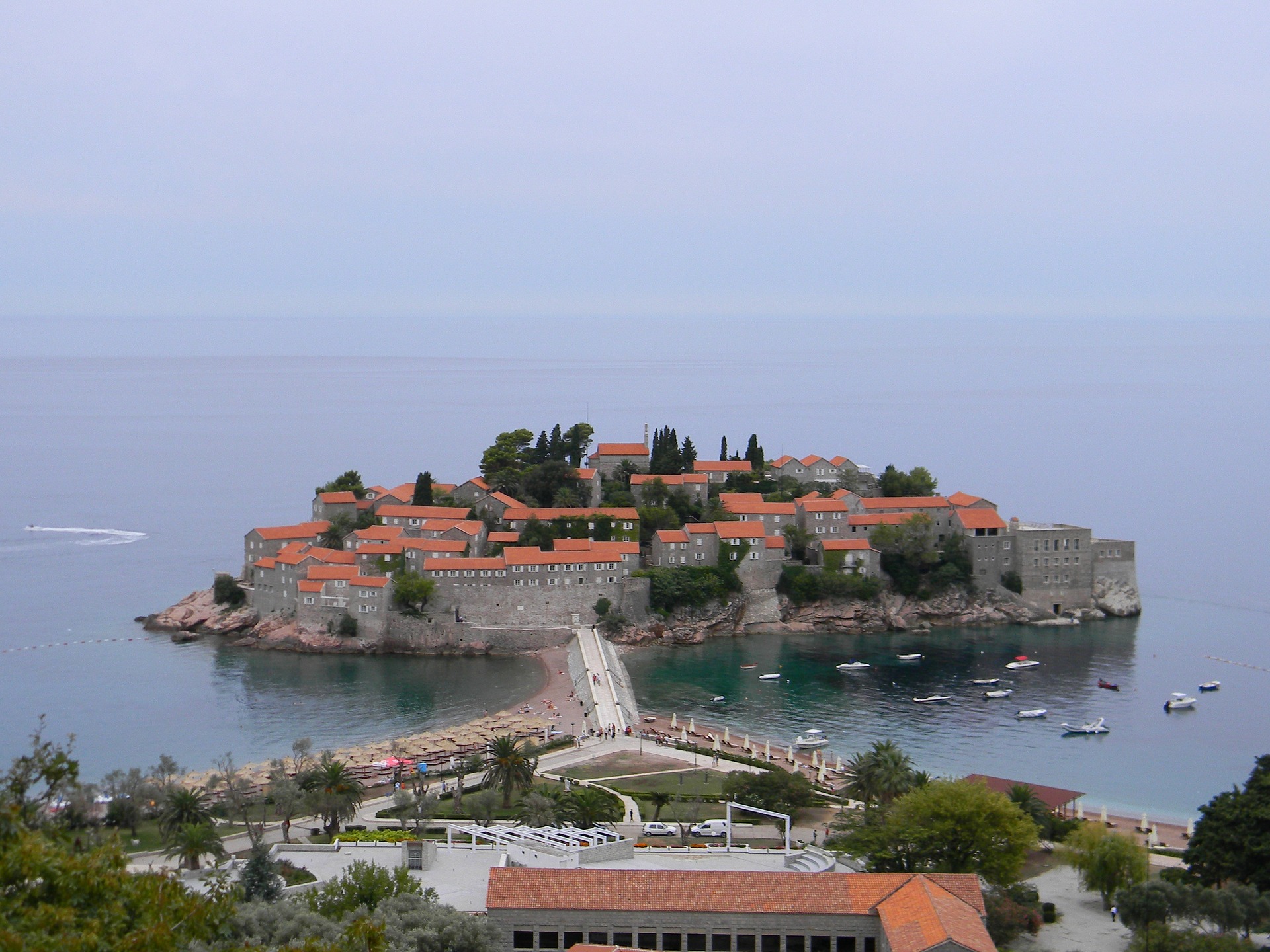
Photo: Pixabay
Montenegro is a real gem. The crystal-clear Adriatic Sea with monumental mountains in the background offers a scenic view. The country’s architectural heritage boasts an abundance of forts, churches, winding, cobbled streets, and hidden alleys. A range of accommodation is available from luxury hotels to family-run bed and breakfasts and there is a wide choice of restaurants, clubs and entertainment venues. The largest port city on the coast is Bar, the busiest town is Budva (with large-scale festivals and concerts awaiting tourists in summer), and the most picturesque town is Kotor, on the bay by the same name. Although more and more tourists visit Montenegro, the traditional Balkan mentality, in the best sense, continues to prevail, people’s warm hospitality and slower pace of living is still palpable. As for refueling, a litre of petrol costs 1 euro 70 cents, which is cheaper than at pumps in Croatia or Greece.
For a long time, Albania’s seaside was only popular with locals. Returning home in the summer, Albanians working abroad usually spent their holidays here. During the years of the pandemic, however, the Balkan country grew in popularity, as it did not require any certificates or permits from visitors. Albania’s northern stretch of coast is wide and sandy while the southern section bordering Greece is more scenic and varied. However, prices are the most attractive in Albania. Accommodation is extremely good value for money. Tourists don’t have to cramp in small apartments or tiny rooms, but can rent flats of 40-50-60 square metres for a fraction of the price in Croatia. In Albania, you can even find places to rent where the balcony is larger than a hotel room elsewhere. Food and drinks are also affordable: pizza in restaurants ranges between 5-6 euros, a classic meal costs 8 to10 euros, a glass of wine is 1.5 euros while a beer is 2.5 euros. A litre of fuel costs just slightly under 2 euros.
Croatia is the most expensive – booking.com also shows
We did some research on Booking.com to find out how much a holiday for a family of four would cost in Montenegro, Albania, Croatia or Greece. We browsed for two adults and two children travelling in mid-August.
In Croatia, we looked for accommodation in Dubrovnik for this period. An apartment for 10 nights from 15 to 25 August, 1 km far from the sea, would cost 972 euros. For this much money, however, no board is included. Staying in a hotel with breakfast included would cost 2000 euros for the same period, and the sky is the upper limit on price.
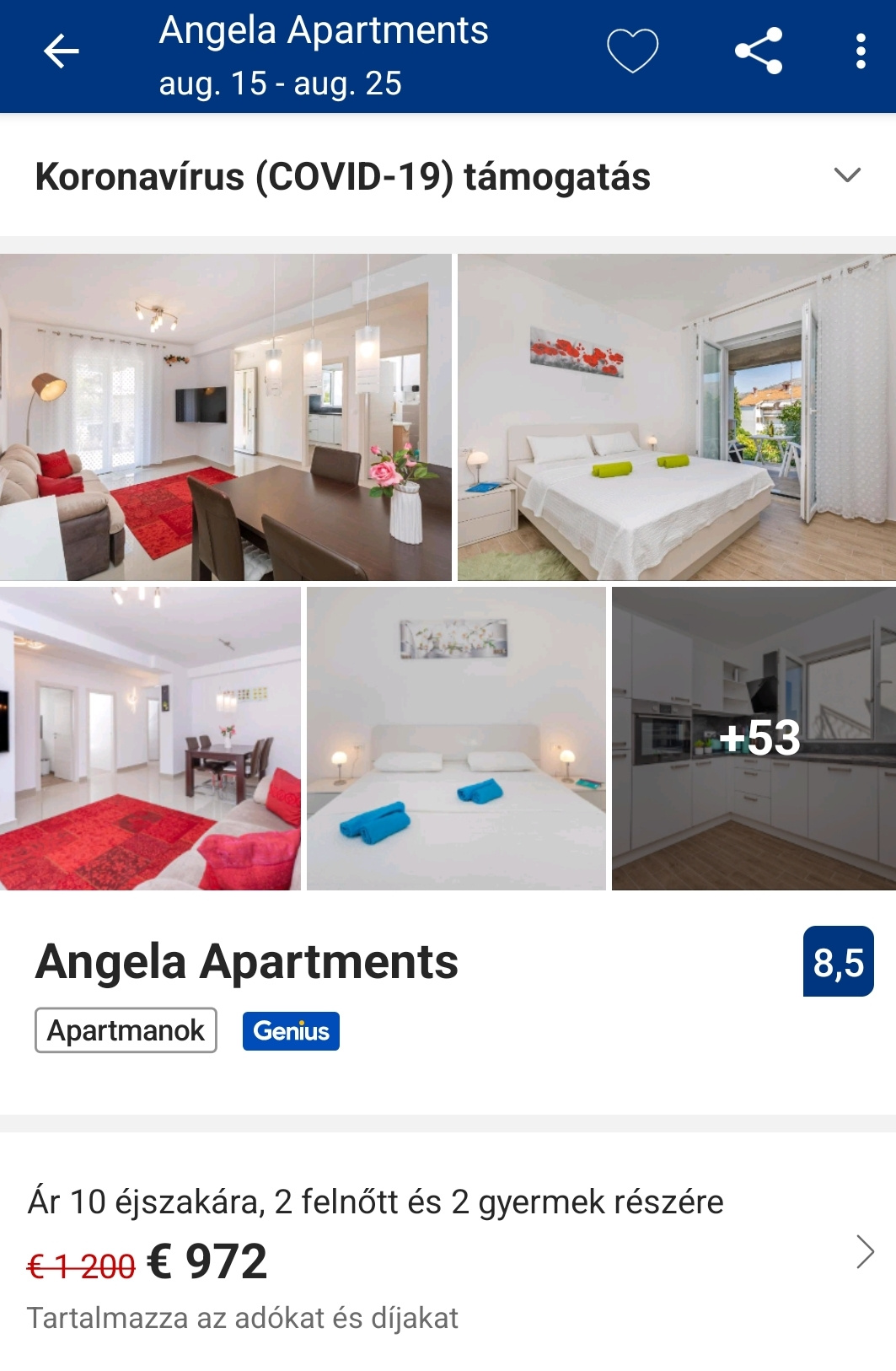
Image: Booking
In neighbouring Montenegro a holiday costs far less. We again searched on Booking, with the same filters for accommodation options. In Budva, the cheapest apartments without board are available for 280 euros. These places are also about the same distance from the seaside as in Croatia, yet they cost less than half. If we opt for staying in a hotel, of course, we need to dig deeper into our pockets, but not as deep as in Croatia. In Montenegro, a holiday for a family of four would cost 500 euros, which is a quarter of the Croatian price.
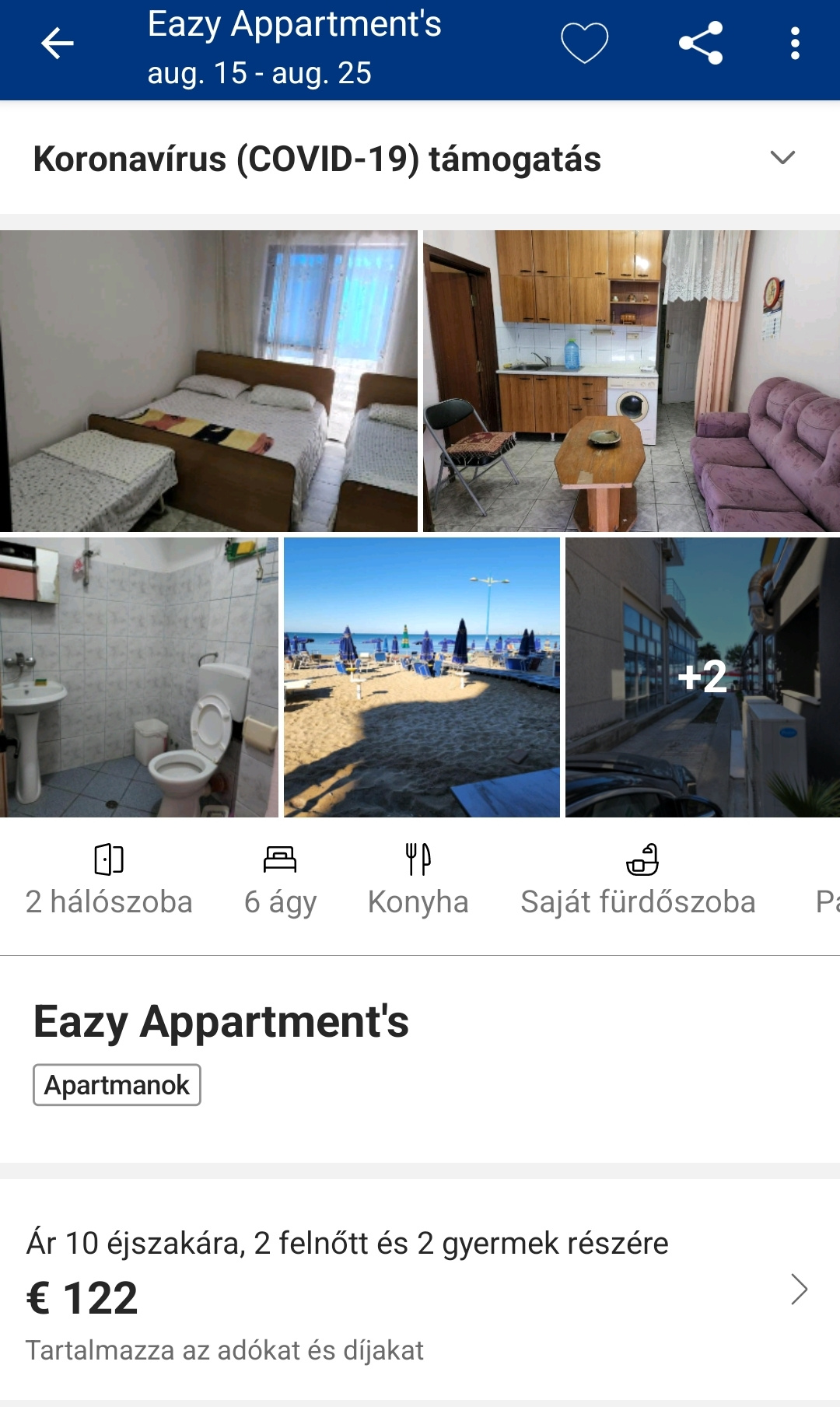
Image: Booking
In Albania, we picked Durres. An apartment merely 50 metres from the sea costs 120 euros, and for 200-250 euros you can already find truly high-quality accommodation, also on the coastline. With four people staying in a hotel the package that includes breakfast would come to 600 euros.
In Greece, we chose Sarti as our destination. It is easily accessible on the motorway through Hungary, Serbia and North Macedonia. We used Booking.com again. In the popular holiday resort town, the cheapest apartment costs 1,250 euros for 10 nights. However, Greek holiday rentals are much closer to the sea, just a few metres away, unlike the ones in Croatia, where an on the coast accommodation goes for exorbitant prices. If you decided to stay in a hotel in Santi, accommodation in mid-August would cost 1,500 euros.

